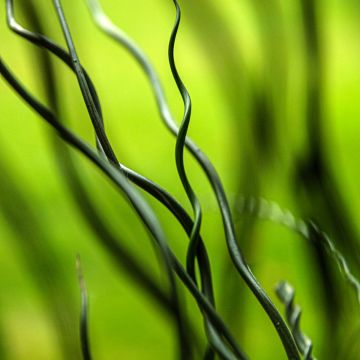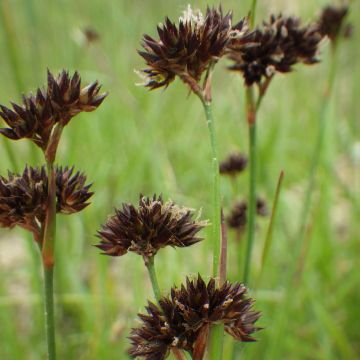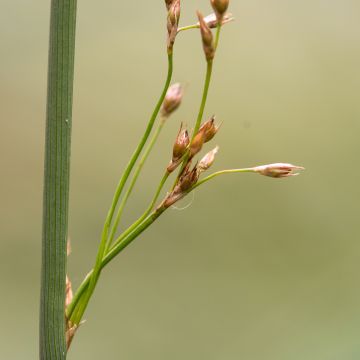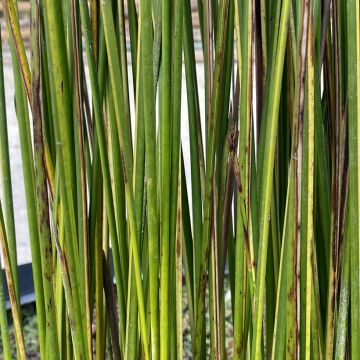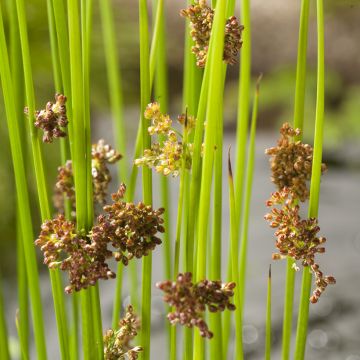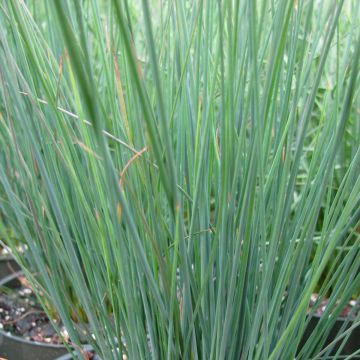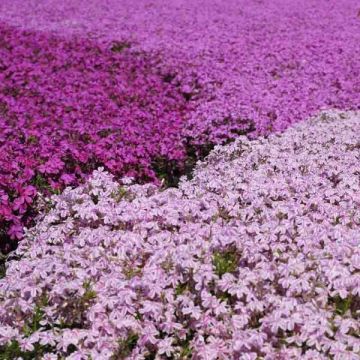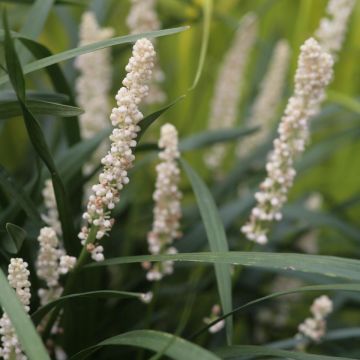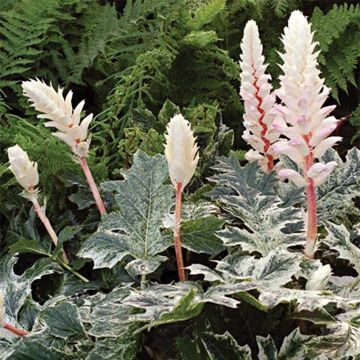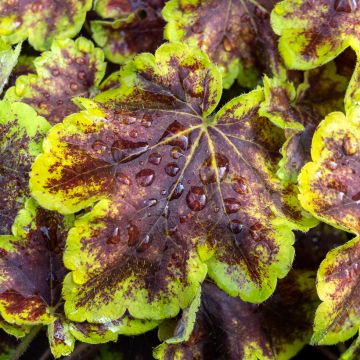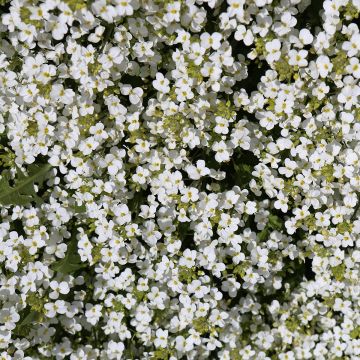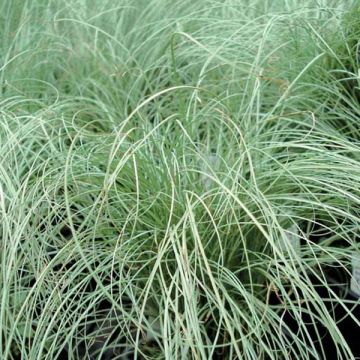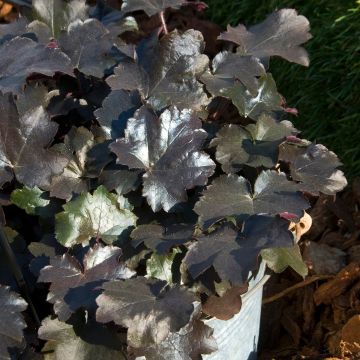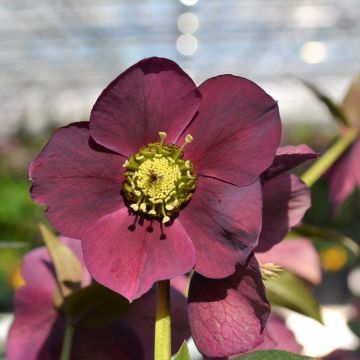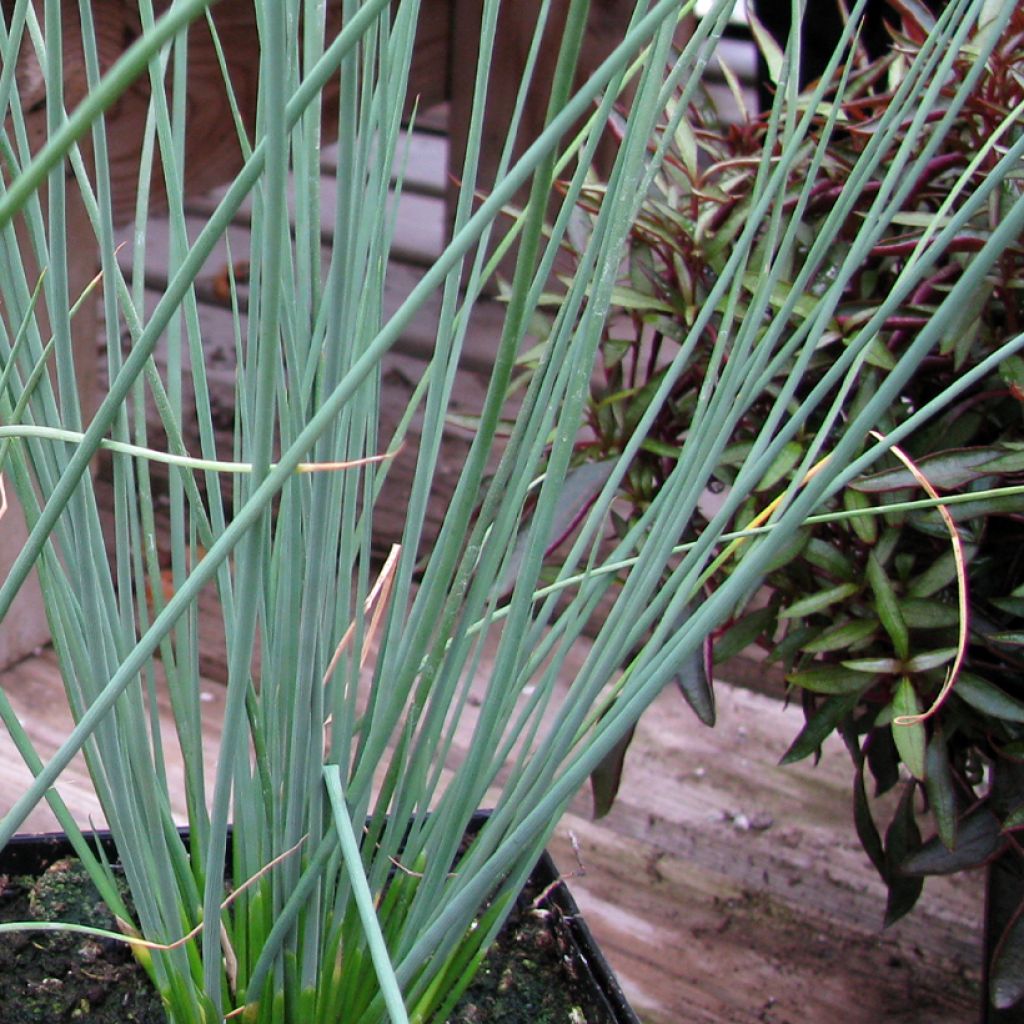

Juncus inflexus Blue Arrows - Jonc glauque
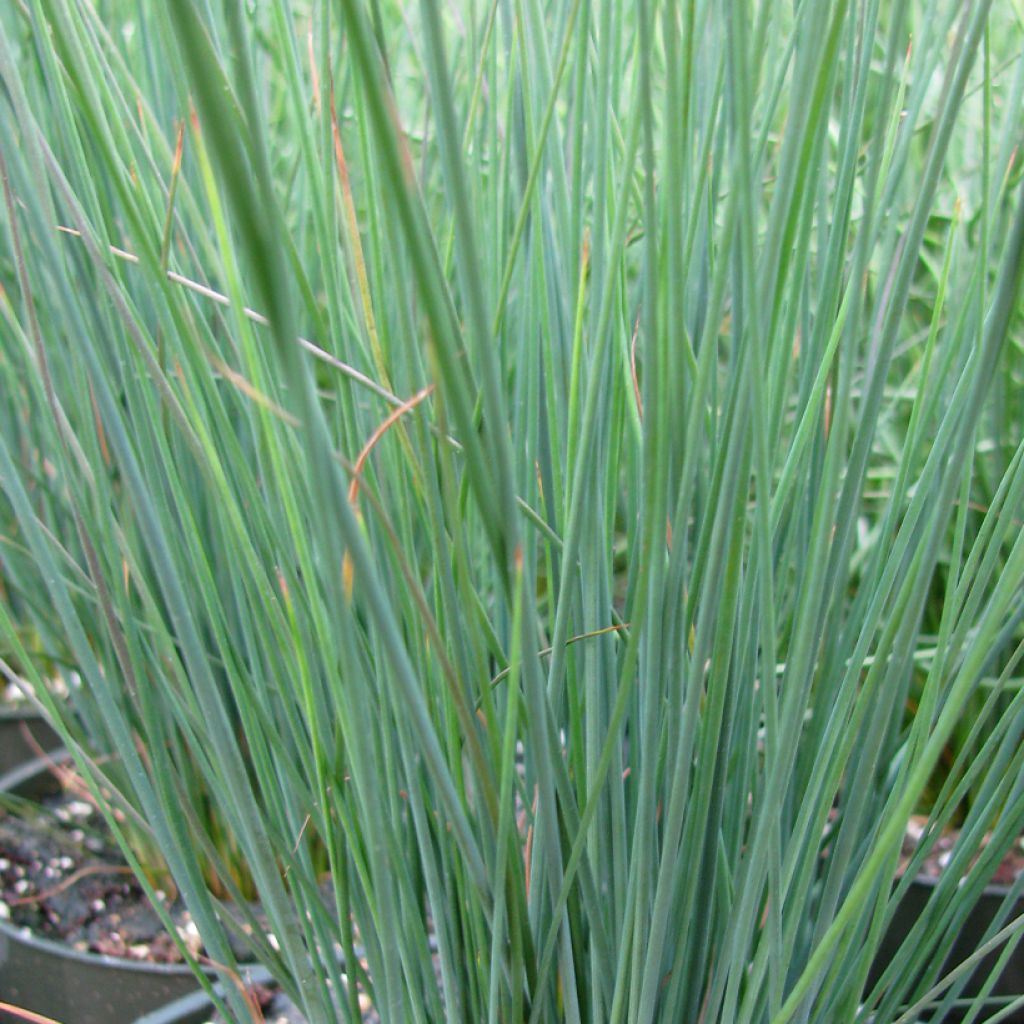

Juncus inflexus Blue Arrows - Jonc glauque


Juncus inflexus Blue Arrows - Jonc glauque
Juncus inflexus Blue Arrows
Juncus inflexus Blue Arrows
Hard Rush, Green Rush
Received it promptly, repotted it straight away and placed it in a shallow pond. Received beautiful clumps in good condition, looking forward to seeing the growth in a few months.
Jolenska , 12/09/2024
Special offer!
Receive a €20 voucher for any order over €90 (excluding delivery costs, credit notes, and plastic-free options)!
1- Add your favorite plants to your cart.
2- Once you have reached €90, confirm your order (you can even choose the delivery date!).
3- As soon as your order is shipped, you will receive an email containing your voucher code, valid for 3 months (90 days).
Your voucher is unique and can only be used once, for any order with a minimum value of €20, excluding delivery costs.
Can be combined with other current offers, non-divisible and non-refundable.
Home or relay delivery (depending on size and destination)
Schedule delivery date,
and select date in basket
This plant carries a 12 months recovery warranty
More information
We guarantee the quality of our plants for a full growing cycle, and will replace at our expense any plant that fails to recover under normal climatic and planting conditions.
Would this plant suit my garden?
Set up your Plantfit profile →
Description
Juncus inflexus 'Blue Arrows' is an interesting variety of rush with a slender habit and dense vegetation with soft shades of blue-grey, making it even more decorative than the classic gardeners' rush. It is a perennial for ponds, banks, and wetlands that also adapts to ordinary, fairly dry soils in summer. It forms tall clumps of stiff stems, with a refined sculptural quality that remains decorative even in winter. Ideal at the edge of water bodies where it adds verticality to aquatic scenes, it also makes a very beautiful plant for contemporary patios and balconies.
Juncus inflexus is a rhizomatous, stoloniferous perennial plant with persistent stems and semi-evergreen foliage, with a distinctly bristly habit. It belongs to the Juncaceae family. Its origin is found throughout Europe, Turkey, the Caucasus, Iran, and Central Asia. The 'Blue Arrows' rush will reach about 90cm (35in) in height, and will spread through its rhizomes for about 45cm (18in). This variety remains dense at the base. Its stems are bluish-green to blue-grey. The leaves are reduced to basal sheaths of shiny blackish purple. Flowering occurs from June to August. The spike-like flowers are brown in colour.
In nature, rushes grow at the edge of wet ditches in stagnant and shallow water. Juncus inflexus 'Blue Arrows' should be planted at a depth of 20cm (8in), with its stump submerged up to 10cm (4in). Tidy it in autumn by cutting back the foliage to 10cm (4in).
The 'Blue Arrows' rush can be used in containers in compositions of annual plants, in flower beds of perennials, or at the edge of stagnant water as an evaporative plant. In containers, plant it in the centre, surrounded by smaller plants and creeping plants that will spill over the sides of the pot. It fits perfectly in a minimalist or contemporary decor and works wonders near a pool. This plant thrives particularly well in marshy to wet gardens, including clayey and limestone soils, but it is robust enough to survive drier periods. It can also be planted in submerged containers in ponds. This rush is suitable for coastal use.
This plant was used before candles or torches to provide light. It was dipped in vegetable or animal fat and allowed to harden.
Report an error about the product description
Juncus inflexus Blue Arrows in pictures
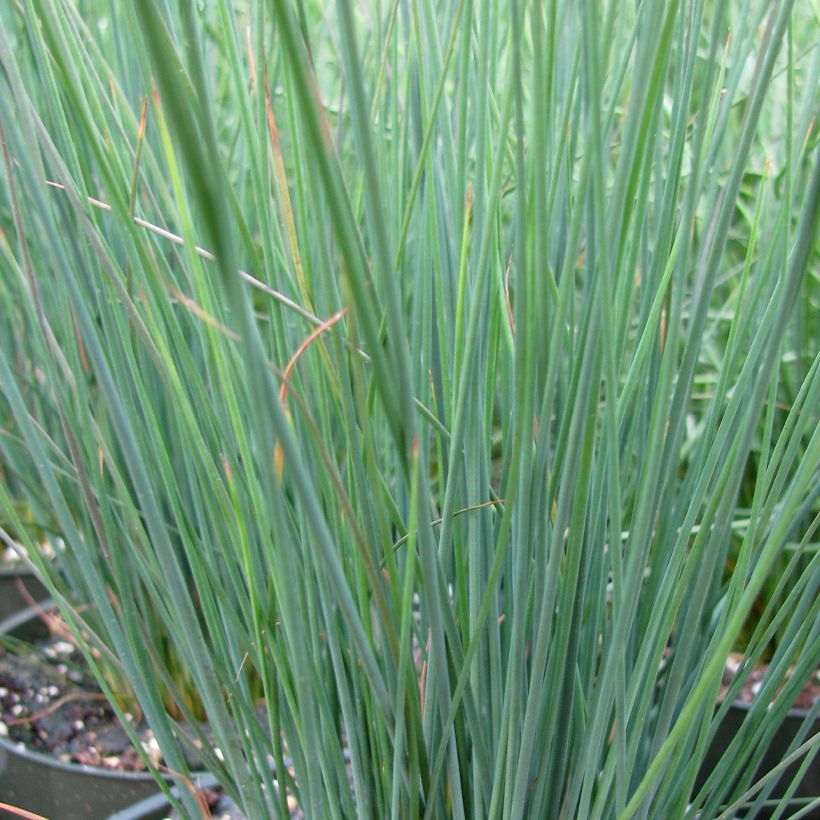

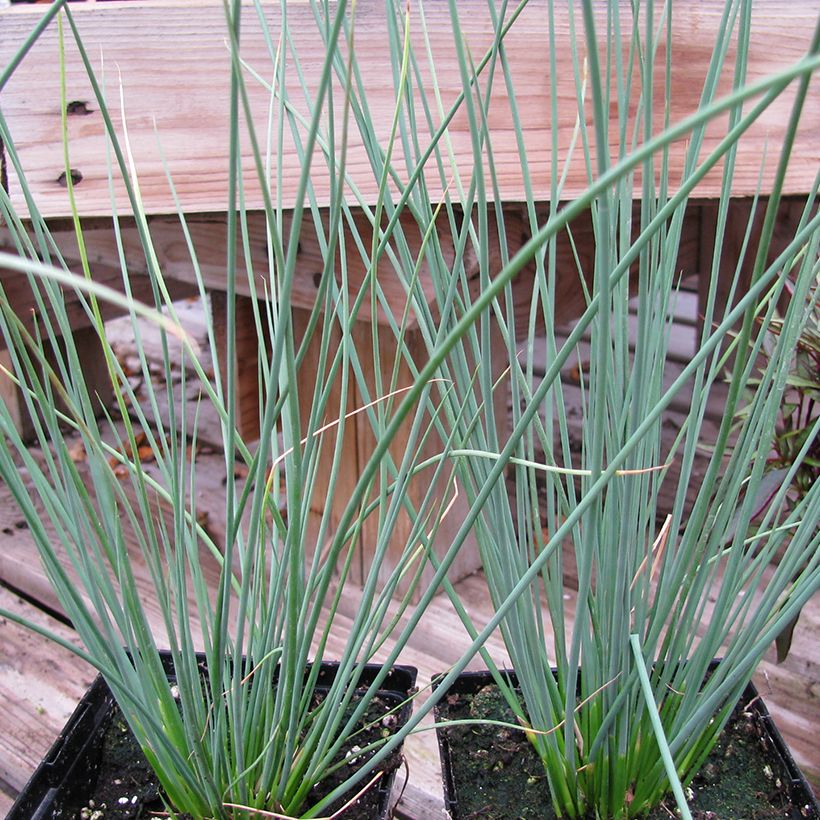

Flowering
Foliage
Plant habit
Botanical data
Juncus
inflexus
Blue Arrows
Juncaceae
Hard Rush, Green Rush
Cultivar or hybrid
Other Juncus
View all →Planting and care
Plant Juncus inflexus 'Blue Arrows' in rich, even clayey or loamy clayey soil, that is neutral to acidic. It will tolerate limestone. It prefers very wet to wet soils, but also adapts to drier soils in summer, once it is well rooted. Plant it in partial shade or in a sunny location. Near a water source, plant at a depth of 20cm (8in), with its stump submerged up to 10cm (4in). Tidy it in autumn, cutting back the foliage to 10cm (4in).
Planting period
Intended location
Care
Planting & care advice
-
, onOrder confirmed
Reply from on Promesse de fleurs
Similar products
Haven't found what you were looking for?
Hardiness is the lowest winter temperature a plant can endure without suffering serious damage or even dying. However, hardiness is affected by location (a sheltered area, such as a patio), protection (winter cover) and soil type (hardiness is improved by well-drained soil).

Photo Sharing Terms & Conditions
In order to encourage gardeners to interact and share their experiences, Promesse de fleurs offers various media enabling content to be uploaded onto its Site - in particular via the ‘Photo sharing’ module.
The User agrees to refrain from:
- Posting any content that is illegal, prejudicial, insulting, racist, inciteful to hatred, revisionist, contrary to public decency, that infringes on privacy or on the privacy rights of third parties, in particular the publicity rights of persons and goods, intellectual property rights, or the right to privacy.
- Submitting content on behalf of a third party;
- Impersonate the identity of a third party and/or publish any personal information about a third party;
In general, the User undertakes to refrain from any unethical behaviour.
All Content (in particular text, comments, files, images, photos, videos, creative works, etc.), which may be subject to property or intellectual property rights, image or other private rights, shall remain the property of the User, subject to the limited rights granted by the terms of the licence granted by Promesse de fleurs as stated below. Users are at liberty to publish or not to publish such Content on the Site, notably via the ‘Photo Sharing’ facility, and accept that this Content shall be made public and freely accessible, notably on the Internet.
Users further acknowledge, undertake to have ,and guarantee that they hold all necessary rights and permissions to publish such material on the Site, in particular with regard to the legislation in force pertaining to any privacy, property, intellectual property, image, or contractual rights, or rights of any other nature. By publishing such Content on the Site, Users acknowledge accepting full liability as publishers of the Content within the meaning of the law, and grant Promesse de fleurs, free of charge, an inclusive, worldwide licence for the said Content for the entire duration of its publication, including all reproduction, representation, up/downloading, displaying, performing, transmission, and storage rights.
Users also grant permission for their name to be linked to the Content and accept that this link may not always be made available.
By engaging in posting material, Users consent to their Content becoming automatically accessible on the Internet, in particular on other sites and/or blogs and/or web pages of the Promesse de fleurs site, including in particular social pages and the Promesse de fleurs catalogue.
Users may secure the removal of entrusted content free of charge by issuing a simple request via our contact form.
The flowering period indicated on our website applies to countries and regions located in USDA zone 8 (France, the United Kingdom, Ireland, the Netherlands, etc.)
It will vary according to where you live:
- In zones 9 to 10 (Italy, Spain, Greece, etc.), flowering will occur about 2 to 4 weeks earlier.
- In zones 6 to 7 (Germany, Poland, Slovenia, and lower mountainous regions), flowering will be delayed by 2 to 3 weeks.
- In zone 5 (Central Europe, Scandinavia), blooming will be delayed by 3 to 5 weeks.
In temperate climates, pruning of spring-flowering shrubs (forsythia, spireas, etc.) should be done just after flowering.
Pruning of summer-flowering shrubs (Indian Lilac, Perovskia, etc.) can be done in winter or spring.
In cold regions as well as with frost-sensitive plants, avoid pruning too early when severe frosts may still occur.
The planting period indicated on our website applies to countries and regions located in USDA zone 8 (France, United Kingdom, Ireland, Netherlands).
It will vary according to where you live:
- In Mediterranean zones (Marseille, Madrid, Milan, etc.), autumn and winter are the best planting periods.
- In continental zones (Strasbourg, Munich, Vienna, etc.), delay planting by 2 to 3 weeks in spring and bring it forward by 2 to 4 weeks in autumn.
- In mountainous regions (the Alps, Pyrenees, Carpathians, etc.), it is best to plant in late spring (May-June) or late summer (August-September).
The harvesting period indicated on our website applies to countries and regions in USDA zone 8 (France, England, Ireland, the Netherlands).
In colder areas (Scandinavia, Poland, Austria...) fruit and vegetable harvests are likely to be delayed by 3-4 weeks.
In warmer areas (Italy, Spain, Greece, etc.), harvesting will probably take place earlier, depending on weather conditions.
The sowing periods indicated on our website apply to countries and regions within USDA Zone 8 (France, UK, Ireland, Netherlands).
In colder areas (Scandinavia, Poland, Austria...), delay any outdoor sowing by 3-4 weeks, or sow under glass.
In warmer climes (Italy, Spain, Greece, etc.), bring outdoor sowing forward by a few weeks.






























